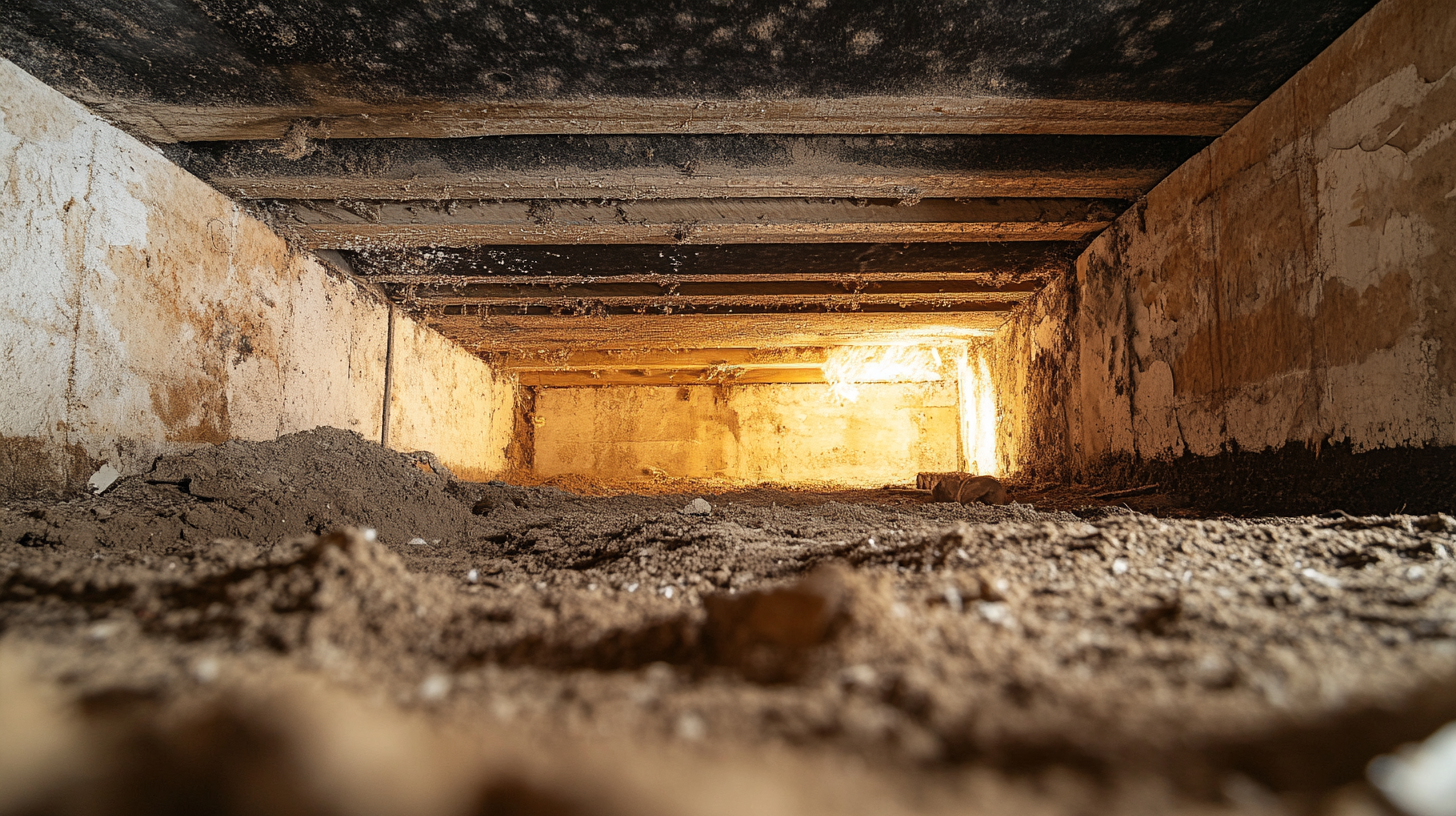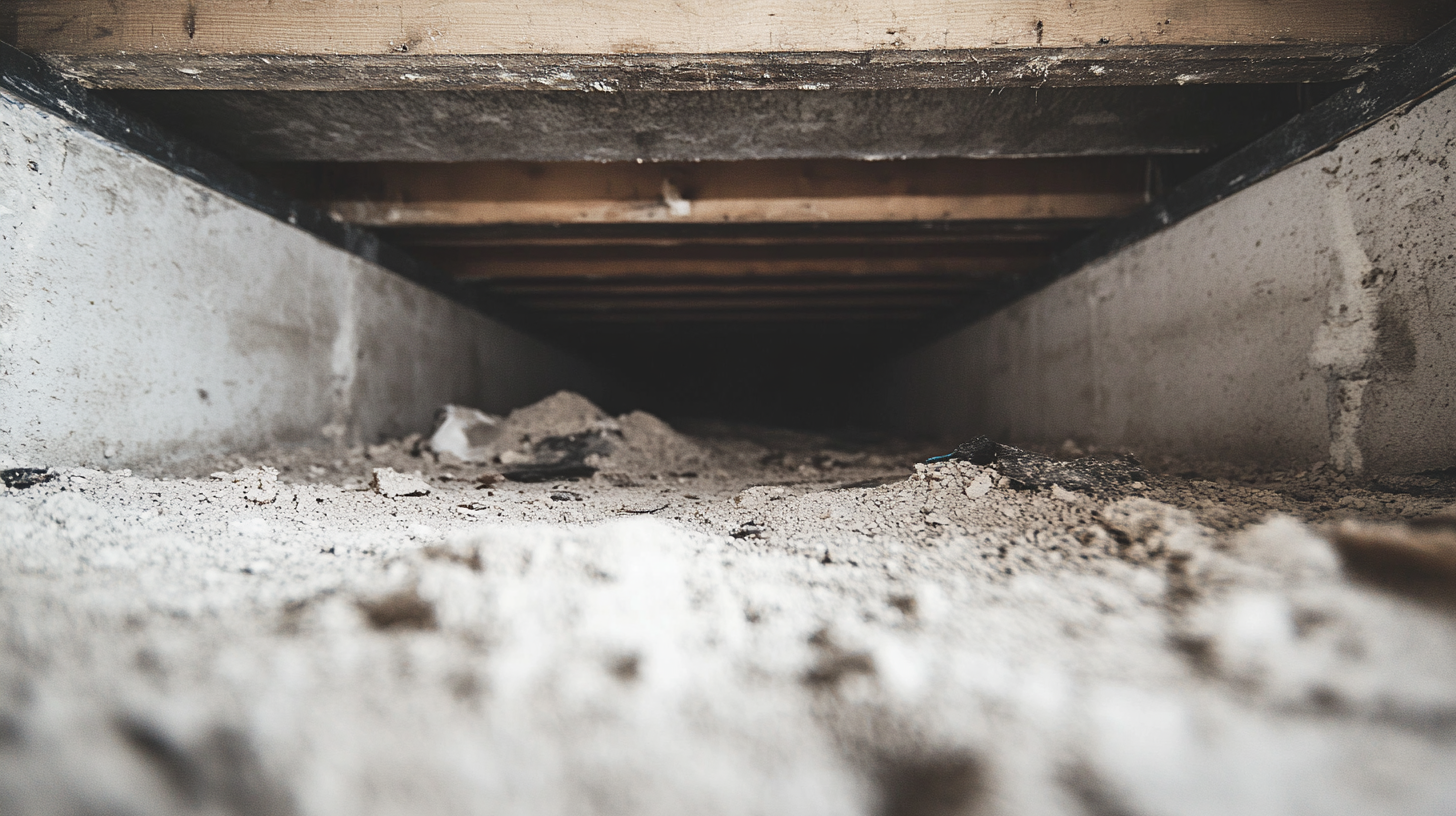Understanding Different Types of Soot and Their Removal

Soot, a fine black or dark brown powder, is more than just a byproduct of fire; it's a pervasive element that weaves through our environments, both indoor and outdoor, with significant implications for health, technology, and the environment. Composed of tiny carbon particles that result from the incomplete combustion of organic materials such as wood, fossil fuels, and other carbon-based substances, soot is a testament to the complex interaction between human activities and natural processes. Its presence spans various settings, from the cozy corners of a fireplace-lit living room to the vast expanses of urban and industrial landscapes, marking its territory with a subtle yet impactful touch.
The common occurrence of soot in different environments can be attributed to numerous sources, including vehicle exhausts, industrial emissions, residential heating, wildfires, and even candles. Each source contributes to the fine particulate matter that characterizes soot, making it a multifaceted pollutant with diverse origins and effects. Despite its microscopic size, the impact of soot is anything but small. It plays a significant role in air quality degradation, contributes to respiratory and cardiovascular diseases, and accelerates the wear and tear of materials and electronic devices.
Understanding what soot is and recognizing its widespread presence in our environments are crucial first steps in addressing its challenges. This blog aims to shed light on the nature of soot, exploring its composition, sources, and the reasons behind its ubiquitous occurrence. By delving into the world of soot, we can begin to unravel the strategies needed to mitigate its impact, protect our health, and preserve the integrity of our surroundings. Join us as we embark on a journey to understand soot's shadowy presence and its far-reaching effects on our world.
The Science Behind Soot Formation
Soot, a seemingly simple byproduct of combustion, is a complex substance with significant implications for our health, environment, and technological systems. Understanding the science behind soot formation is crucial for addressing its impacts effectively. This exploration into the composition and formation of soot, along with the factors influencing its characteristics, sheds light on why soot behaves the way it does and how it can be managed or mitigated.
What is Soot?
Soot is primarily composed of carbon particles that form through the incomplete combustion of carbon-containing fuels such as wood, coal, oil, gas, and biomass. These tiny particles, often less than 2.5 micrometers in diameter, can also contain various organic compounds and trace metals, depending on the fuel source and combustion conditions. The formation of soot is a complex process that occurs in two main stages
:
- Nucleation: The initial stage where combustion gases cool and condense to form tiny particles.
- Agglomeration: Following nucleation, these particles stick together, forming larger, chain-like structures characteristic of soot.
This process results in soot's unique properties, including its high surface area to volume ratio, which makes it an effective carrier for other pollutants, and its black color, which absorbs sunlight and contributes to atmospheric warming.
Factors Influencing Soot Characteristics
The characteristics of soot, including its size, structure, and chemical composition, are influenced by a variety of factors related to the source of combustion and the conditions under which combustion occurs:
- Fuel Type: Different fuels contain varying amounts of carbon and other compounds, which influence the amount and type of soot produced. For example, diesel engines tend to produce more soot than gasoline engines due to differences in fuel composition and combustion processes.
- Combustion Temperature: Higher combustion temperatures generally lead to more complete combustion, reducing soot formation. However, certain temperature ranges can promote the chemical reactions necessary for soot nucleation and growth.
- Oxygen Availability: The amount of oxygen present during combustion significantly affects soot formation. Limited oxygen supply, a condition known as fuel-rich combustion, tends to increase soot production.
- Engine and Burner Design: The design of combustion equipment, such as engines and burners, influences how fuel and air mix, the combustion temperature, and the residence time of particles in the combustion zone, all of which affect soot formation.
Understanding the factors that influence soot characteristics is essential for developing strategies to reduce soot emissions and mitigate its impacts. This includes optimizing combustion processes, improving fuel quality, and implementing technologies like particulate filters in engines and exhaust systems.
Identifying Different Types of Soot
Soot, while often considered a singular byproduct of combustion, actually varies significantly in its composition and impact depending on the source material being burned. From the cozy warmth of a wood-burning stove to the industrial might of fossil fuel combustion, each source imparts unique characteristics to the soot it produces. Understanding these differences is crucial for effective soot removal and for mitigating health risks. This exploration delves into the distinct types of soot generated by wood and organic materials, fossil fuels, and synthetic materials, highlighting their specific challenges and considerations.
Soot from Wood and Organic Materials
Soot produced from the combustion of wood and other organic materials, such as leaves and biomass, is characterized by its relatively large, irregular particles. This type of soot often contains a higher proportion of organic compounds, including volatile organic compounds (VOCs) and polycyclic aromatic hydrocarbons (PAHs), which can adhere to surfaces and create a sticky residue.
Removal Challenges: The sticky nature of this soot makes it challenging to remove from surfaces. Cleaning often requires a combination of mechanical action, such as brushing or vacuuming, followed by the application of cleaning agents that can break down organic compounds.
Soot from Fossil Fuels
Soot arising from the combustion of fossil fuels, including coal, oil, and gas, tends to be finer and more uniform in particle size compared to wood soot. It contains a higher concentration of inorganic compounds, such as sulfates and metals, which can contribute to its toxicity.
Specific Cleaning Considerations: Removing fossil fuel soot often necessitates the use of solvents or detergents capable of dissolving oily or greasy residues. Protective measures, including the use of gloves and masks, are important due to the potential for toxic exposure.
Soot from Synthetic Materials
The combustion of synthetic materials, such as plastics and synthetic fabrics, produces soot that is markedly different in composition from natural material soot. This soot can contain a range of hazardous chemicals, including chlorine, bromine, and other additives used in the manufacture of synthetic products.
Associated Health Risks: Soot from synthetic materials poses significant health risks, as it can release toxic fumes and particles small enough to penetrate deep into the lungs. Cleaning up this type of soot requires great care to avoid inhalation or skin contact, with a strong emphasis on ventilation and the use of personal protective equipment (PPE).
General Principles for Soot Removal
The removal of soot, a pervasive byproduct of combustion, requires a careful and informed approach to ensure effective cleanup while minimizing health risks and potential damage to surfaces. Whether stemming from a small fireplace mishap or a larger fire-related incident, soot removal encompasses a set of general principles aimed at restoring cleanliness and safety. This guide outlines essential safety precautions, initial steps for preparation, and strategies for assessing soot-affected areas, providing a foundation for tackling soot removal with confidence and care.
Safety Precautions and Initial Steps
Before embarking on soot removal, prioritizing personal safety and preparing the affected area are crucial steps that set the stage for effective cleanup.
- Personal Protective Equipment (PPE): Wear appropriate PPE, including gloves, N95 masks or respirators, and goggles. This equipment protects against soot particles, which can be harmful if inhaled or if they come into contact with skin.
- Ventilation: Ensure the area is well-ventilated to disperse airborne soot particles and reduce the concentration of potentially toxic fumes. Open windows and use fans to circulate air if possible.
- Power Down: For soot-affected electronics, power down and unplug devices to prevent electrical hazards and further damage during the cleaning process.
- Secure the Area: Limit access to the soot-affected area to prevent the spread of soot to other parts of the building and to reduce foot traffic that can embed soot particles into carpets and upholstery.
Assessing the Soot-Affected Area
A thorough assessment of the soot-affected area is essential for determining the extent of damage and choosing the most appropriate cleaning approach.
- Visual Inspection: Conduct a detailed visual inspection to identify the areas with the most significant soot accumulation. Look for patterns that indicate the source and direction of soot spread.
- Surface Testing: Gently wipe a small section of the affected surface with a dry sponge or cloth to understand the soot's adherence level. This test can help gauge the difficulty of removal and the potential need for specialized cleaning agents.
- Material Consideration: Take note of the types of materials affected by soot. Different materials, such as porous surfaces, fabrics, and metals, require tailored cleaning methods to avoid damage.
- Extent of Damage: Assess the overall extent of soot damage to determine if professional cleaning services are needed. Extensive damage, especially when involving structural elements or HVAC systems, may necessitate the expertise of restoration professionals.
Armed with a clear understanding of the affected area and equipped with the necessary safety measures, you're prepared to embark on the soot removal process. These initial steps are foundational to any soot cleanup effort, ensuring that the approach is both safe and effective. By adhering to these general principles, individuals can tackle soot removal with greater assurance, mitigating the impact of soot on their environments and health.
Soot Removal Techniques by Type
Soot, while universally recognized as a residue of combustion, varies significantly in its properties and challenges based on its source. From the natural emissions of burning wood to the complex chemical compositions resulting from fossil fuels and synthetic materials, each type of soot demands a tailored approach for effective removal. This guide delves into the nuances of cleaning soot from different sources, offering techniques and cleaning agents suited to each type, ensuring that your soot removal efforts are as efficient as they are safe.
Cleaning Soot from Wood and Organic Sources
Soot derived from wood and other organic materials typically contains a higher proportion of carbon particles mixed with volatile organic compounds (VOCs). This type of soot can adhere strongly to surfaces but is generally more straightforward to clean than its fossil fuel or synthetic counterparts.
- Techniques: Begin with dry brushing to loosen the soot, followed by vacuuming with a HEPA filter to remove particles without spreading them. For stubborn residues, gently wipe the surface with a cloth dampened in a solution of water and mild detergent or white vinegar.
- Cleaning Agents: Natural solvents like white vinegar are effective in breaking down the organic compounds in wood soot. For tougher stains, a mixture of baking soda and water can act as a gentle abrasive paste.
Addressing Soot from Fossil Fuels
Fossil fuel soot is often oily and sticky, making it more challenging to remove. This type of soot results from the incomplete combustion of coal, oil, and gas, and it can leave a greasy residue that clings to surfaces.
- Strategies: The oily nature of fossil fuel soot requires a solvent-based cleaning approach. Isopropyl alcohol or commercial degreasers can break down the greasy residue, allowing for easier removal. Apply the solvent with a soft cloth, using gentle dabbing motions to lift the soot without smearing.
- Considerations: Always test solvent-based cleaners on a small, inconspicuous area first to ensure they do not damage the surface. Ensure adequate ventilation to avoid inhaling fumes from the cleaning agents.
Dealing with Soot from Synthetic Materials
Soot from the combustion of synthetic materials, such as plastics and synthetic fabrics, poses unique challenges due to its potential to contain toxic chemicals and adhere strongly to surfaces.
- Special Considerations: Given the potential toxicity of synthetic soot, wearing protective gear, including gloves and a respirator mask, is crucial. This type of soot may require specialized cleaning agents designed to handle chemical residues.
- Methods: For non-porous surfaces, wiping with a cloth moistened with isopropyl alcohol can remove synthetic soot. Porous materials, however, may necessitate professional cleaning, especially if the soot has penetrated deeply or if there is a risk of releasing toxic substances during the cleaning process.
Advanced Soot Removal Technologies
As our understanding of soot and its impacts deepens, so too does our arsenal of techniques for its removal. Traditional methods, while effective for general cleanup, may fall short when faced with stubborn residues or the need to preserve underlying materials. Enter advanced soot removal technologies: innovative solutions designed to tackle the toughest soot challenges while minimizing damage and health risks. This exploration introduces cutting-edge cleaning technologies and discusses the scenarios in which professional soot removal services become indispensable.
Innovative Cleaning Solutions
The evolution of soot removal technologies has brought about methods that are not only highly effective but also increasingly safe for both the environment and the materials being cleaned.
- Laser Cleaning: Laser cleaning technology uses short pulses of laser light to vaporize soot from surfaces without physical contact. This method is particularly valuable for delicate or historically significant items, as it allows for precise control over the cleaning process, minimizing the risk of damage.
- Ultrasonic Cleaners: Ultrasonic cleaning employs high-frequency sound waves to create cavitation bubbles in a liquid cleaning solution. When these bubbles collapse, they generate a cleaning action on the microscopic level, effectively removing soot from intricate or hard-to-reach areas. This method is especially useful for electronic components, jewelry, and other small items with complex geometries.
Professional Soot Removal Services
While advanced soot removal technologies offer powerful tools for cleanup, their effective deployment often requires specialized knowledge and equipment. In certain situations, enlisting professional soot removal services is not only advisable but necessary.
- Stubborn or Hazardous Soot Types: Soot resulting from the burning of synthetic materials or heavy fossil fuel use can be particularly challenging to remove due to its chemical complexity and potential health hazards. Professionals equipped with the right technologies and protective gear can safely and efficiently address these soot types.
- Preservation Concerns: Items of historical, cultural, or sentimental value may require the gentle touch of advanced cleaning methods like laser ablation. Professional conservators can leverage these technologies to remove soot without compromising the integrity of precious artifacts.
- Large-Scale Cleanup: In the aftermath of extensive fire damage, the scale of soot contamination may be beyond the scope of DIY efforts. Professional services can tackle large-scale cleanup projects efficiently, employing a combination of advanced technologies and traditional methods tailored to the situation.
The decision to seek professional soot removal services often hinges on the complexity of the cleanup, the value of the items affected, and the potential health risks involved. By choosing professionals equipped with advanced soot removal technologies, individuals and organizations can ensure that soot is eradicated effectively, safely, and with minimal impact on the environment and the materials being cleaned.
FAQs
Contact Fast Response Cleaning & Restoration Today!
Fast Response Cleaning & Restoration will do everything we can to ensure your experience with us is excellent.
Request A FREE Estimate
Request A FREE Estimate Form
CHECKOUT RECENT POST



Have an Emergency? We're Here to Help!
When it comes to disaster cleanup, we are a seasoned veteran in the industry and have helped hundreds of property owners just like you.
Our disaster recovery teams are available 24-7 to quickly clean up and repair disasters of all types.
